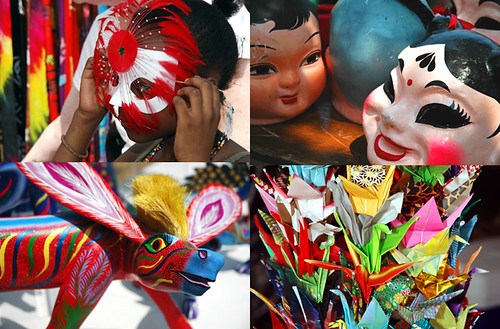
By Camelia Heins
What is ethnic studies?
Ethnic studies consist of studying ethnicity, race, nationality, sexuality and gender. These classes are more common in colleges than in high schools with only less than 1% of California high school students having access to an ethnic studies course, according to Edsource. Ethnic studies courses typically focus on racial groups in America such as Asian Americans, Latinos, African Americans and Native Americans.
Why is ethnic studies important?
Ethnic studies teach students about the diverse racial groups around them. With students of color making up 76% of California’s student population, according to Edsource, it’s essential for students to learn about the other cultures within their communities. Ethnic studies classes help students apply a more inclusive and open mindset while learning and interacting with other cultures.
World Geography Honors teacher Julie Chaicharee said, “[By] incorporating strands of ethnic studies, our students, our students may be better aware about their personal connections to our local, state and national history.”
Students that took ethnic studies classes were reported to improve in their own performance, according to a study done by Stanford University. The classes especially benefited students who were struggling academically. GPAs and attendance rates increased for students taking ethnic studies classes. Due to their relevance, appeal to students and academic benefits, ethnic studies classes are proving to be more necessary to schools than ever before.
Despite the given benefits of ethnic studies, the topic has sparked controversy. Educators debated on whether these courses were biased or excluded specific groups. Many were concerned on how inclusive and thorough the courses should be in order to establish a valuable experience for students.
What now?
California assemblyman Jose Medina recently proposed a bill requiring all public schools to offer ethnic studies courses on their campuses. Due to state-wide criticism delaying the process, Medina said that his bill would most likely affect students graduating in 2025.
However, that doesn’t mean students today should wait to experience an ethnic studies class. Ethnic studies, with how beneficial and relevant it is to today’s generation of students, should be available to Fountain Valley High School students.
Junior Hanson Hoang said, “[Ethnic studies classes] gives us the opportunity to explore and learn from other cultures beyond our own, ultimately allowing us to become more tolerant and open minded. In a way, [they] allow us to be more connected within our diverse community.”
Chaicharee said, “Learning about our diverse cultures in our history classes and through literature, can and will show our students that the United States has and always will be a multicultural society. Our history stems from people of distinct ethnic backgrounds [that] have come together to form a society as a whole.”
The opportunity to participate in ethnic studies doesn’t have to just be through a required class.
“I don’t think it should be a class. Maybe a club,” Junior Pavla Tran said, referring to the various culture clubs at our school.
Besides participating in clubs, students can also read books to learn more about ethnic studies. More teachers can incorporate multicultural books, such as Catfish and Mandala, which was recently added to junior English classes. Cultural assignments or discussions can be incorporated into curriculum to help make learning more inclusive and relevant to students learning.
Outside of school, students can learn more about ethnic studies by doing research, understanding other cultures or becoming more aware through social media. Having discussions with peers or going to cultural events to become educated about other cultures is a step forward towards a meaningful ethnic studies experience.
The importance of ethnic studies isn’t just about the addition of yet another required class to our schedules. The importance is the material students learn about, the experience students engage in as they learn about other cultures and the overall impact these classes would have on a student’s perspective. Whether it be through a class, a club or even just through interacting with peers, understanding ethnic studies should be incorporated into our daily lives.





